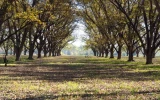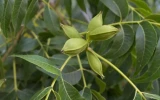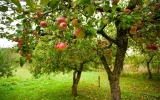Is Pecan Farming Profitable in 2023? (Full Breakdown)
With the growing demand for healthy and natural foods, pecans have become a popular choice for consumers around the world. As a farmer looking for a new enterprise, pecan farming may catch your attention as a potential option. Pecan farming can be profitable, but it requires patience, investment in management practices, and an understanding of the financial implications involved. In this article, we will discuss the costs and profit breakdown of pecan farming in 2023.
Pecan farming can be a profitable venture if done right. Pecan trees start bearing nuts after 4–5 years and can produce nuts for over 200 years. With pecan prices high, a well-maintained orchard on several acres of land can generate substantial income.
A pecan farm with a 1,000-pound yield per acre, a market price of $1.79 per pound, and a total production cost of $7,250 needs to sell more than 4,055 pounds of pecans in one year to be able to make a profit. Central Oklahoma and North Texas are regions often suitable for pecan groves, and with proper management, pecan farming can yield substantial returns in these areas.
In the case of pecan farming, consistent attention to disease control, labor, and other variable costs will play a pivotal role in determining your profits. For example, pecan scab management and labor costs constitute a significant portion of a typical pecan farm's annual expenditure. Let's dive into more details below.
Summary
- Annual expenses of a pecan farm include mortgage payments, property taxes, insurance, labor costs, seedlings, fertilizers, pesticides, tractors and harvesters, marketing, and logistics.
- Pecan trees may take 5-7 years to begin yielding a significant amount. Therefore, you should take into account the years until you reach optimal production levels when calculating your break-even point.
- When conditions are ideal, some pecan trees can produce as much as 1,000–1,200 pounds per acre as they get older and mature.
- Pecan trees can last up to 50 to 75 years, with their health and development carefully managed.
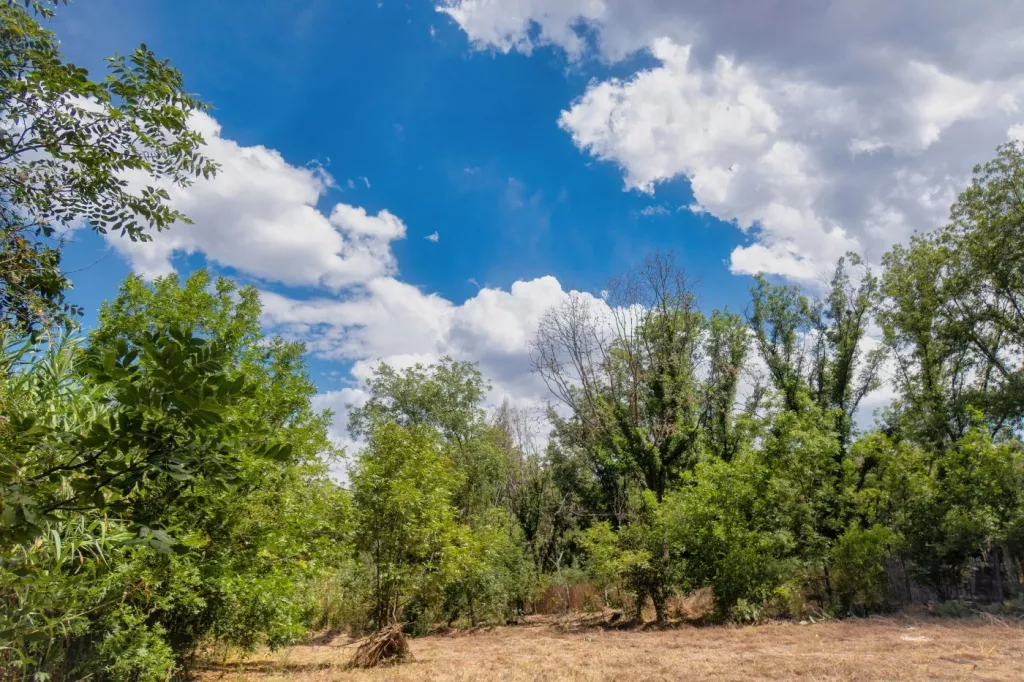
On this page:
Profit Breakdown and ROI
Production revenue of pecan farming
Based on the 2023 yields for crops like corn and soybeans, it is reasonable to assume that pecan farming could also experience similar profitability trends. To estimate your production revenue, consider the following aspects:
- Yield per acre: The number of pecan trees you can plant per acre and the expected yield per tree (in pounds) will determine your overall production.
- Market price: The price at which you can sell your pecans will directly affect your revenue. Keep track of national and regional market trends in pecan price.
Multiply the yield per acre by the market price to estimate your total pecan production revenue.
Annual expenses in pecan farming
To calculate your expenses in pecan farming, consider all costs associated with production and maintenance, including:
- Land costs: This may include rent or mortgage payments, property taxes, and insurance.
- Labor costs: The cost of hiring workers for planting, pruning, harvesting, and other tasks essential for pecan farming.
- Input costs: The expenses for purchasing seedlings, fertilizers, pesticides, and other materials required for pecan production.
- Machinery and equipment: The cost of buying and maintaining machinery, such as tractors and harvesters, used in pecan farm operations.
- Marketing and logistics: Expenses related to selling and distributing your pecans to various buyers.
Return on investment for pecan farming
To determine your return on investment (ROI) for pecan farming, subtract your total annual expenses from your total production revenue. A positive ROI reflects a profitable pecan farming operation, while a negative ROI indicates the need to evaluate and optimize your expenses.
Estimate the break-even timeline for your pecan farm
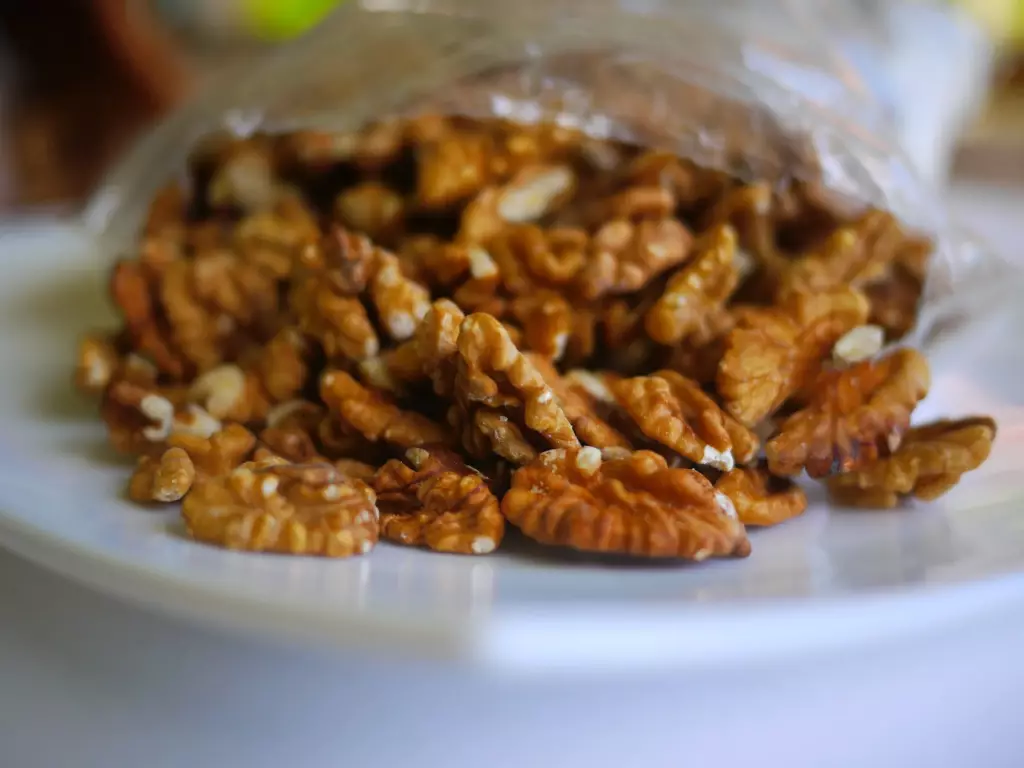
Let's assume a pecan farm with a 1,000-pound yield and a market price of $1.79 per pound, and a total production cost of $7,250. To calculate the breakeven point, we need to determine the total revenue and total cost of producing 1,000 pounds of pecans.
Total revenue = 1,000 pounds x $1.79 per pound = $1,790
Breakeven point = Total cost / Price per pound
Breakeven point = $7,250 / $1.79 per pound
Breakeven point = 4,055 pounds
Therefore, the breakeven point for a pecan farm with a 1,000-pound yield and a market price of $1.79 per pound, and a total production cost of $7,250 is 4,055 pounds. This means that the farmer needs to sell at least 4,055 pounds of pecans at the market price of $1.79 per pound to cover the total production cost.
The break-even point is when the total pecan production revenue equals the sum of all initial and ongoing expenses. Factors to consider include:
- Tree maturity: Pecan trees may take 5–7 years to start producing a considerable yield. Therefore, your break-even timeline should factor in the years before achieving optimal production levels.
- Production costs: As previously outlined, account for all annual expenses accrued during the growing and harvesting process.
- Market fluctuations: Pecan prices can change over time, so your break-even timeline must account for potential market shifts that may impact your ROI.
Divide your initial investment by the annual net income (total revenue minus expenses) to estimate the number of years it will take to reach the break-even point for your pecan farm. This will help you decide whether pecan farming is a suitable and profitable investment for your unique situation.
Pecan Farming Profitability Factors
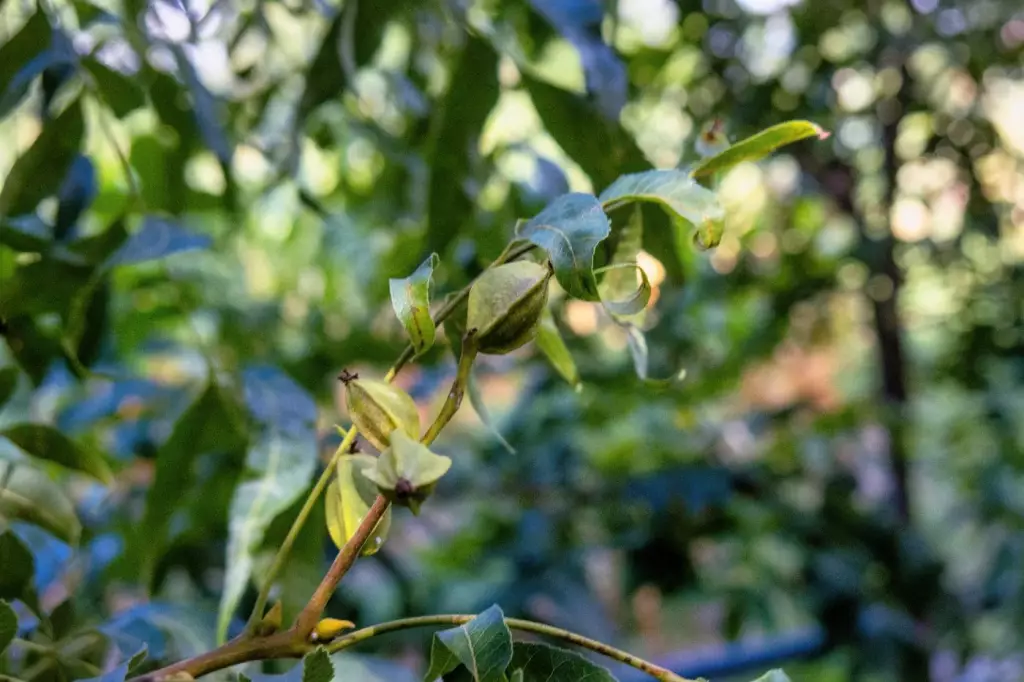
Tree age and production life of pecans
Young pecan trees typically take about 4–7 years to start producing nuts, and full production will start around the 8–10 year mark. As your trees mature, their production tends to increase, with certain trees yielding around 1,000–1,200 pounds per acre under the right conditions. It's essential to manage the health and development of your trees throughout their lifespan, which can span up to 50–75 years.
Monitor pecan prices and market trends
Pecan demand has been steadily increasing over the past few years, leading to higher prices for pecan farmers. However, market fluctuations can affect your profitability, so it's crucial to stay updated on industry news and trends. Diversifying your income streams, such as selling pecans for both retail and wholesale markets or offering value-added products, helps minimize the risks associated with price volatility.
Your choice of pecan farming techniques
For instance, using dryland farming methods can reduce production costs compared to irrigated systems, but the yield tends to be lower. Proper management of fungicide applications is crucial, as they can account for over 12% of your variable production costs. Efficient use of resources, such as labor and fuel, also helps optimize your profit margins.
Adopting best practices like pruning, timely fertilization, and pest control will help maintain your trees' health and productivity. Furthermore, selecting suitable pecan varieties for your region, soil type, and intended market will enhance your chances of success in pecan farming.
Initial Investment and Setup Costs for Pecan Farming
Launching a pecan farm involves a substantial initial investment, particularly in land, equipment, tree planting, and maintenance costs. Here are some rough estimates for a small, medium, and large pecan farm:
| Initial Investment for a Pecan Farm | Small-scale (10–50 acres) | Medium-scale (50–200 acres) | Large-scale (200–1,000+ acres) |
|---|---|---|---|
| Land | $50,000-$100,000 | $150,000-$400,000 | $1,000,000 - $5,000,000 |
| Tractors | $20,000-$50,000 | $50,000-$100,000 | $100,000-$250,000 |
| Mowers | $2,000-$5,000 | $5,000-$10,000 | $10,000-$20,000 |
| Sprayers | $2,000-$5,000 | $5,000-$10,000 | $10,000-$20,000 |
| Harvesting equipment | $20,000-$50,000 | $50,000-$100,000 | $100,000-$250,000 |
| Pecan tree seedlings | $10-$20 per tree | $10-$20 per tree | $10-$20 per tree |
| Total start-up cost | $95,000–$220,000 | $261,000–$621,000 | $1,221,000–$5,541,000 |
Land purchase for your pecan farm
This can vary greatly based on factors such as location, size, and land quality. In general, you should expect to pay a significant amount for a suitable piece of land that meets the specific needs and conditions for growing pecan trees. Make sure to account for this cost when developing your budget.
Necessary equipment for your pecan farm
This will include items such as tractors, mowers, sprayers, and harvesting equipment. The cost of this equipment can also vary widely depending on the make, model, and functionality. To keep costs under control, consider purchasing used or refurbished equipment, which can often be just as effective as new equipment.
Pecan tree planting
Pecan tree seedlings can vary in price based on factors such as the age, size, and variety of the trees, but you can expect to pay a substantial cost for these seedlings. Remember that the more trees you plant, the higher your initial investment will be. Plan and budget accordingly, considering the spacing between trees and the number of acres you plan to cultivate.
Initial maintenance costs of your pecan farm
This includes fertilizers, pesticides, herbicides, and labor costs associated with maintaining and caring for the trees during their critical early growth period. It's important to keep a close eye on these initial expenses to ensure your farm's long-term profitability.
Operating and Maintenance Costs of a Pecan Farm
| Operating Costs of a Pecan Farm | Small-scale (10–50 acres) | Medium-scale (50–200 acres) | Large-scale (200–1,000+ acres) |
|---|---|---|---|
| Fertilizers and pesticides | $1,500-$3,000 per acre | $3,000-$6,000 per acre | $6,000-$15,000 |
| Soil moisture sensors | $50-$100 per sensor | $50-$100 per sensor | $50-$100 per sensor |
| Irrigation system | $5,000-$10,000 | $10,000-$20,000 | $20,000-$50,000 |
| Marketing | $500-$1,000 per year | $1,000-$2,000 per year | $5,000-$10,000 per year |
Proper water management in your pecan farm
This involves monitoring soil moisture levels, scheduling irrigation events, and managing water runoff. You should consider investing in water-conserving technologies such as soil moisture sensors, which will help you optimize water use and reduce costs.
The number of soil moisture sensors needed to cover one acre will depend on several factors, such as the type of soil, the crop being grown, and the desired level of precision. In general, it is recommended to have one sensor per every 2-3 acres for a field crop, and one sensor per every 1-2 acres for a horticultural crop.
Efficient irrigation system in your pecan farm
An efficient irrigation system will ensure your trees receive the required water, leading to higher yields and better-quality pecans. Initial installation costs may be significant, but choosing the right system can minimize long-term maintenance expenses. Opt for systems with low operating costs, easy maintenance, and long-life components to maximize your profits.
Effective pest control to protect your pecan crop from damage
Lenny Wells emphasizes that over 12% of the variable cost of production comes from the cost of fungicides to control pecan scab. Be prepared to invest in integrated pest management strategies, including regular monitoring, biological controls, and selective chemical treatments. These tactics will help maintain a healthy orchard while reducing your reliance on costly chemical pesticides.
Harvesting costs of a pecan farm
Harvesting costs can vary significantly depending on factors such as tree spacing, equipment used, and labor requirements. Although mechanized harvesting equipment can be costly, it may significantly reduce labor costs and improve efficiency. You should weigh the benefits of different harvesting methods against the costs to determine which approach best suits your pecan farm.
| Item | Cost Estimate |
|---|---|
| Mechanical Harvester | $20,000-$70,000 |
| Nut Collector | $1,000-$3,000 |
| Labor (per worker) | $15-$20/hr |
Effectively market your pecan products
This may involve developing relationships with local retailers, attending trade shows, or creating an online presence. Be prepared to allocate resources towards marketing efforts, as your success in selling your pecans will directly impact your farm's profitability. Some of the channels you can explore include:
- Local farmers markets
- Artisanal and organic food stores
- Food processors and manufacturers
- Online marketplaces and e-commerce
